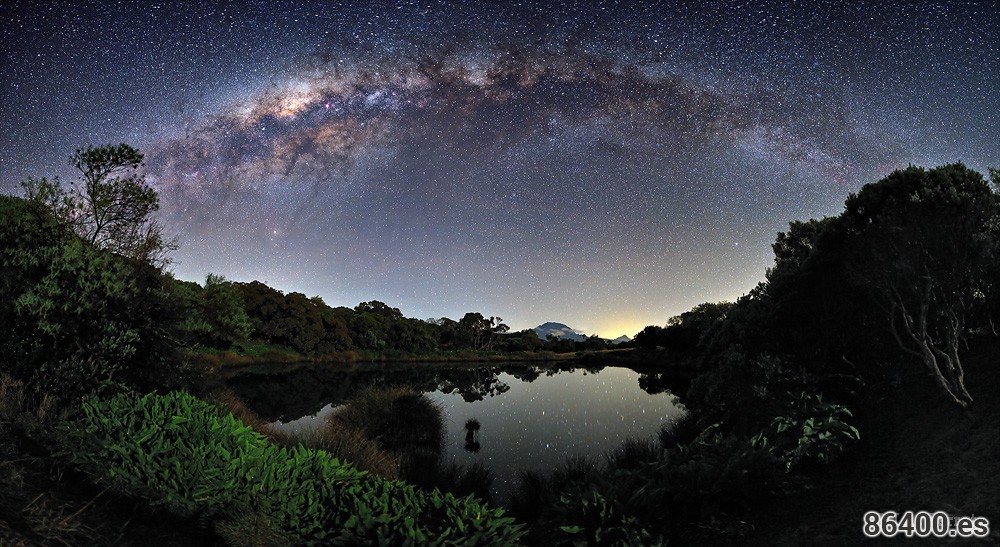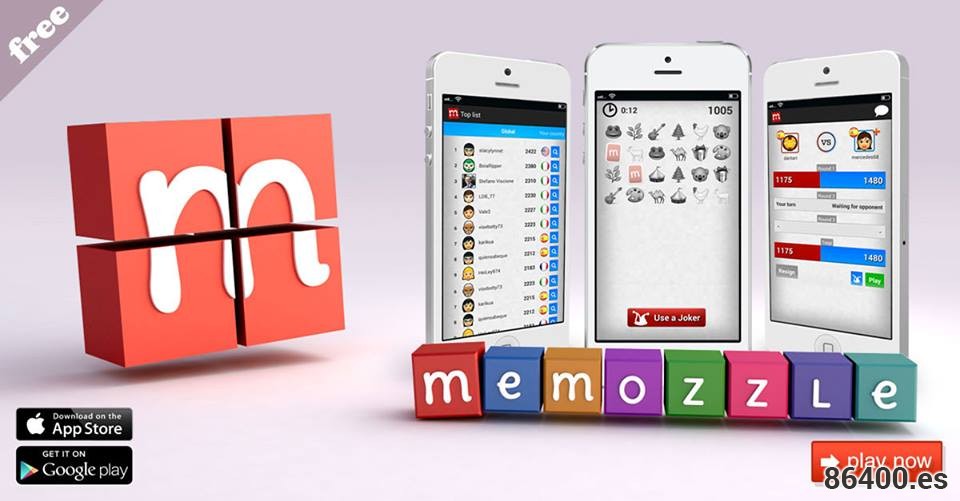[su_wiloke_sc_company_website]Si. Además de las posibles conexiones por satélite, toda la Internet entre continentes fluye por potentes y enormes caudales y cableados que pasan por todo el oceano, tanto el Atlántico como el Pacífico, principalmente.

Este mapa muestra los cables que han sido usados a finales de 2004 y muestra el caudal y el tráfico que tiene cada uno de ellos. Como se puede ver el Atlántico esta bastante saturado de información. La de petas y petas que pasaran cada día por esos cables.
¿Sabías que el primer cable que se construyó para cruzar el Atlántico fue en 1858?
Información de TeleGeography Research
[tags]Internet, oceano, cableado, tráfico[/tags]




increible…
2 de abril de 2009creo que peta te queda chico hoy en dia, google solo adquiere varios petabytes por dia
hasta yo me quede corto con los petabytes:
Google procesa sobre 20 petabytes de datos cada día
2 de abril de 2009